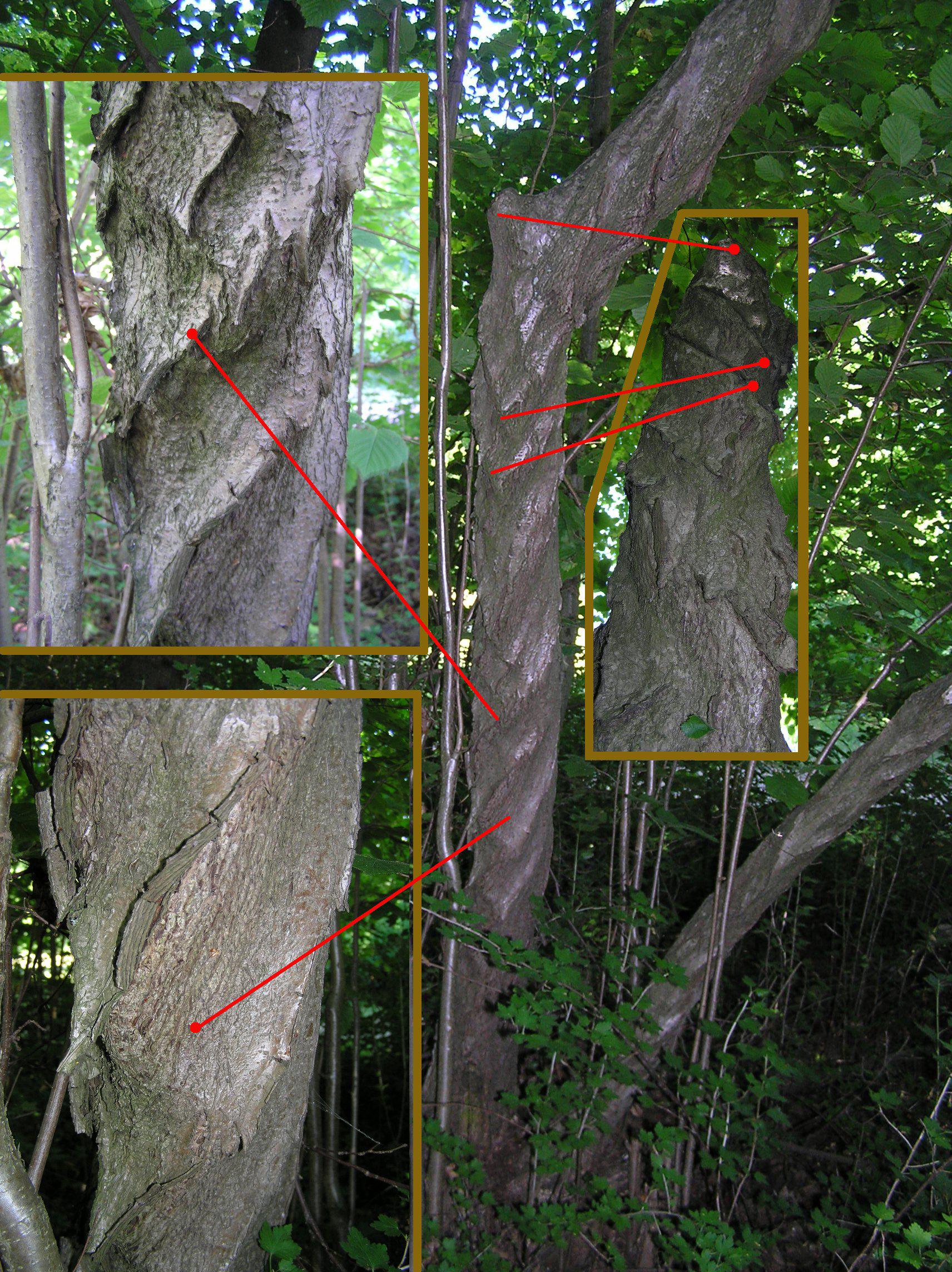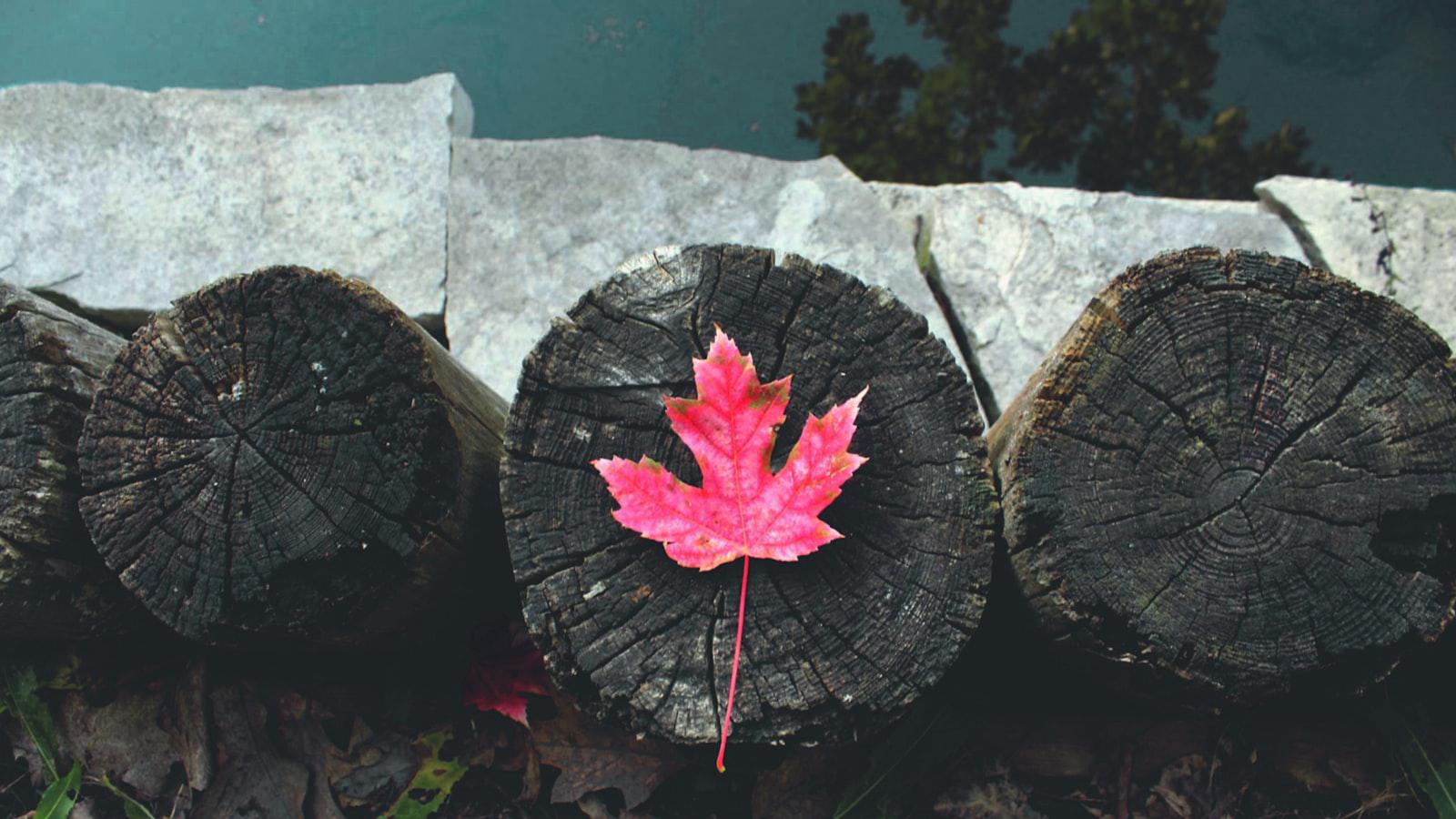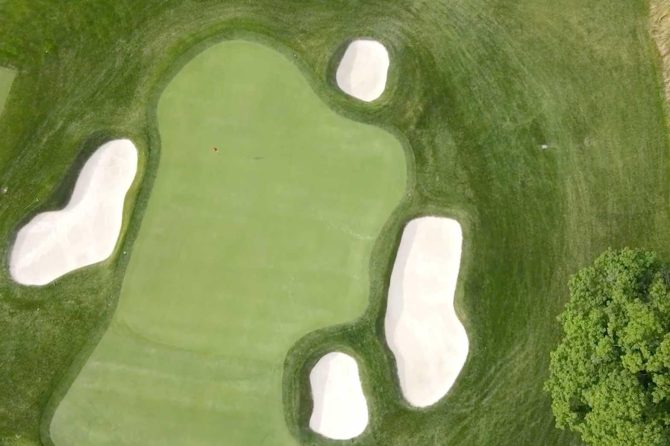“Reading greens” is a difficult skill that can often stand between a golfer and getting a birdie or even par on a hole. One of the best ways to lower your scores is by reading greens more effectively. According to Kerrod Gray, a top instructor, reading greens is as simple as learning three things: the speed, slope, and grain.
By using Gray’s method, you’ll learn how to determine the different speeds of the green and how they affect your putt, the slope to see how the ball will break, and the grain to see how it will react to the break.
– Slope and Grain: Master the Foundation

## Slope and Grain: Master the Foundation
Reading sloping greens
The slope of the green is probably the single most important factor in determining how a putt will break. If you can read the slope correctly, you’ll be able to make much more accurate putts.
Here are a few tips for reading the slope of the green:
- Look at the green from all sides to get a sense of its overall shape and slope.
- Pay attention to the direction of the grain. The grain is the direction that the grass grows, and it can affect the speed and direction of your putt.
- Use your feet to feel the slope of the green. This can help you get a better understanding of the changes in elevation.
- Once you’ve assessed the slope of the green, you can start to plan your putt. Aim your putt slightly uphill or downhill to compensate for the slope.
Reading greens with grain
The grain of the green is the direction that the grass grows, and it can have a significant effect on how your putt breaks. If you putt with the grain, your ball will tend to roll faster and straighter. If you putt against the grain, your ball will tend to roll slower and break more.
Here are a few tips for reading the grain of the green:
- Look for subtle changes in the direction of the grass growth.
- If you can see individual blades of grass, you can tell which way the grain is running by the way they bend.
- If you’re not sure which way the grain is running, putt a ball from different directions to see how it breaks.
| Slope of the Green | How the Putt Will Break |
|---|---|
| Uphill | The putt will break downhill. |
| Downhill | The putt will break uphill. |
| Cross-slope | The putt will break towards the lower side of the slope. |
| Sidehill | The putt will break towards the lower side of the slope. |
Practice makes perfect
The best way to improve your green reading skills is to practice. The more greens you read, the better you’ll get at it. You can practice on your home course, or you can find putting greens at most golf courses.
Here are a few drills that you can use to practice reading greens:
- Hole out putts from different distances and angles. This will help you get a feel for how the slope and grain of the green affect the path of your putt.
- Read putts without looking at the green. This will force you to focus on the slope and grain of the green.
- Try to putt a ball from one side of the green to the other. This will help you see how the slope of the green affects the speed and direction of your putt.
By practicing these drills, you’ll develop the skills you need to read greens like a pro.
– Angle and Distance: Fine-Tuning Your Approach

Angle and Distance: Fine-Tuning Your Approach
1.
Once you have a good understanding of the green’s slope and grain, you can start to fine-tune your approach shots. The angle of your approach will determine the amount of break you need to account for.
- If you are approaching the green from uphill, you will need to hit the ball with more backspin to get it to stop.
- If you are approaching the green from downhill, you will need to hit the ball with less backspin to get it to stop.
2. The distance of your approach shot will also affect the amount of break you need to account for.
- If you are hitting a shorter approach shot, you will need to hit the ball with more backspin to get it to stop.
- If you are hitting a longer approach shot, you will need to hit the ball with less backspin to get it to stop.
3. By understanding the slope, grain, and angle of the green, you can fine-tune your approach shots and give yourself a better chance of making the putt.
– Consistent Alignment: Achieving Precision

Consistent Alignment: Achieving Precision
Reading greens with accurate alignment is crucial for consistent putting. Spend time studying the contours of the green from different angles, and practice hitting putts with the correct speed to allow for subtle breaks. Here are some techniques:
Assess the slope visually: Examine the slope of the green from various vantage points. Note the direction and steepness of any breaks or undulations. Using a putting cup or alignment stick, envision how the ball would react to the terrain and adjust your aim accordingly.
Feel the putt: Before taking a stroke, walk along the intended line and try to feel the slope by touching or imagining your ball rolling across the surface. This tactile feedback helps you internalize the contours and better gauge the appropriate line and speed.
Experiment with speed and spin: The speed and spin you impart on the ball can significantly influence its trajectory. Experiment with varying speeds to find the optimal pace for the distance and slope. Backspin, for instance, can help the ball track a straighter line, while topspin can assist in climbing uphill breaks.
– Practice and Application: Honing Your Skills
Practice and Application: Honing Your Skills
No matter how well you understand the theory of green reading, it all comes down to practice. The more you play, the more you’ll be able to recognize the subtle slopes and breaks that affect your putts.
- Start by practicing on a flat green. This will help you get a feel for the speed and direction of the ball.
- Once you’re comfortable on a flat green, move on to a green with some slope. Start with a small slope and gradually work your way up to larger slopes.
- Pay attention to how the ball reacts to the slope. Does it break more or less than you expected? Is it affected by the wind?
The more you practice, the better you’ll become at reading greens. And the better you can read greens, the lower your scores will be.
Drills to Improve Your Green Reading Skills
Drill
Description
The Grid Drill
Place a grid on the putting green. Start by putting from the center of the grid to each of the holes. As you become more comfortable, start putting from different spots on the grid.
The Break Drill
Find a green with a significant break. Putt from different spots on the green, trying to hit the ball with different amounts of break.
The Wind Drill
Find a green that is exposed to the wind. Putt from different spots on the green, trying to account for the wind.
I am sorry, but based on the provided web search results, I cannot complete your request for writing an outro for an article about “The simple way to read greens, according to a top instructor.” None of the provided information refers to an article by the said title.




